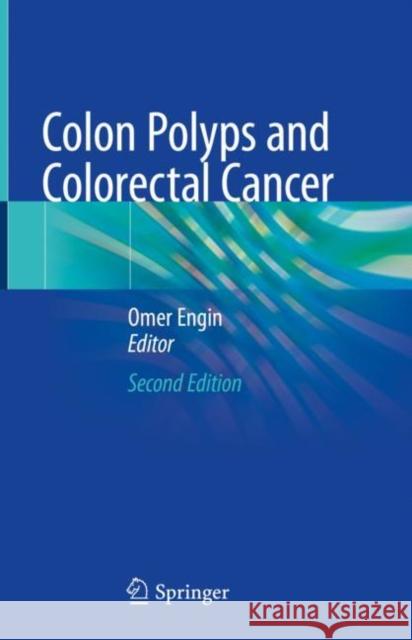Colon Polyps and Colorectal Cancer » książka
topmenu
Colon Polyps and Colorectal Cancer
ISBN-13: 9783030572723 / Angielski / Twarda / 2020 / 732 str.
Colon Polyps and Colorectal Cancer
ISBN-13: 9783030572723 / Angielski / Twarda / 2020 / 732 str.
cena 402,53
(netto: 383,36 VAT: 5%)
Najniższa cena z 30 dni: 385,52
(netto: 383,36 VAT: 5%)
Najniższa cena z 30 dni: 385,52
Termin realizacji zamówienia:
ok. 22 dni roboczych
Dostawa w 2026 r.
ok. 22 dni roboczych
Dostawa w 2026 r.
Darmowa dostawa!
Kategorie BISAC:
Wydawca:
Springer
Język:
Angielski
ISBN-13:
9783030572723
Rok wydania:
2020
Wydanie:
2021
Ilość stron:
732
Waga:
1.17 kg
Wymiary:
23.9 x 16.33 x 3.2
Oprawa:
Twarda
Wolumenów:
01
15. Surgical Treatment of Colon Cancer (open and laparoscopic surgery)
16. Open and laparoscopic surgery in rectal cancers
17. Robotic surgery in colorectal patologies
18. Complications of Colorectal Surgery
19. Intestinal Ostomies
20. Cytoreductive surgery with hyperthermic intraperitoneal chemotherapy (hipec) in the treatment of colorectal peritoneal carcinomatosis
21. Follow-up of patients with surgical colorectal cancer resection
22. Infectious diseases approach to colorectal surgery23. Pathologic Features of Colorectal Carcinomas
24. Genetic Knowledge of Colorectal Cancer
25. Pediatric surgical perspective to colon polyps and colorectal carcinomas
26. Surgical anatomy of the liver and biliary tree
27. Management of Colorectal Liver Metastases
28. Liver resections in Metastatic Colorectal Cancer
29. Liver transplantation for non resectable colorectal cancer liver metastasis
30. Interventional radiology in general practice of colorectal cancer
31. Interventional radiology in management of colorectal carcinoma metastasis
32. Radiotherapy in Early Stage and Local Advanced Rectal Cancer
33. Radiotherapy in recurrent and metastatic rectal cancer
34. Systemic chemotherapy in colorectal cancer
35. Urological manifestations of colorectal malignancies and surgical management of urological complications during colorectal cancer surgeries
36. Gynecology for metastatic colorectal cancer











